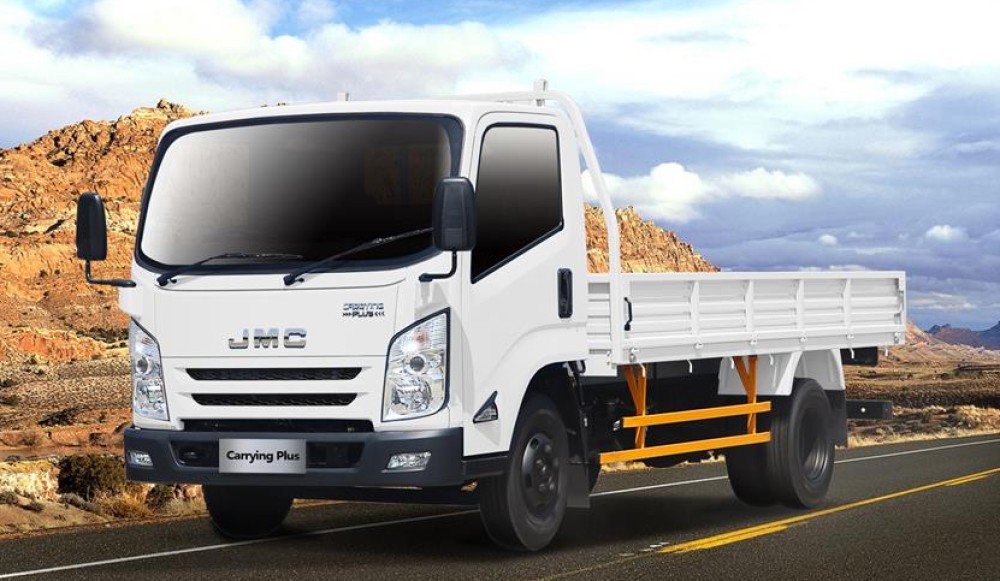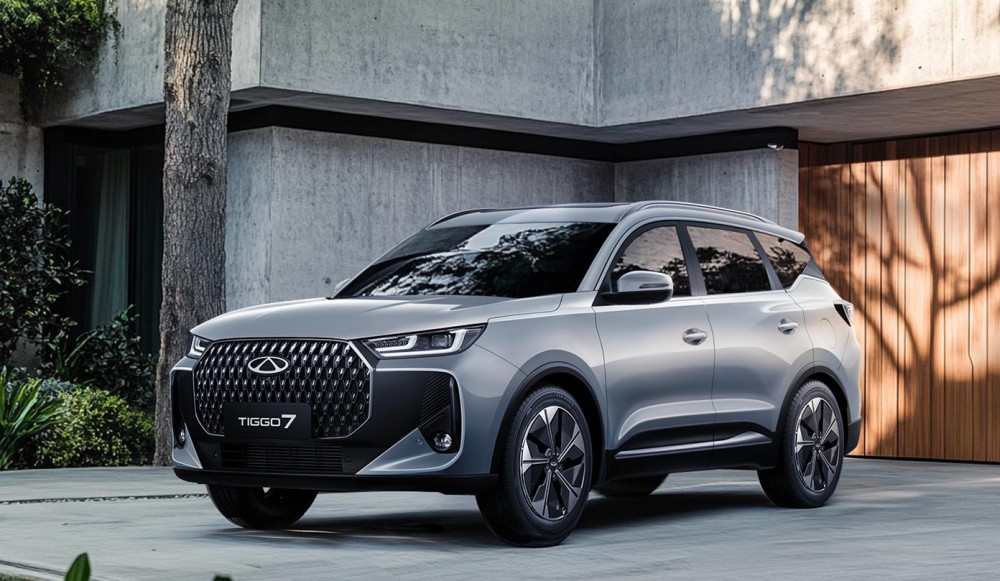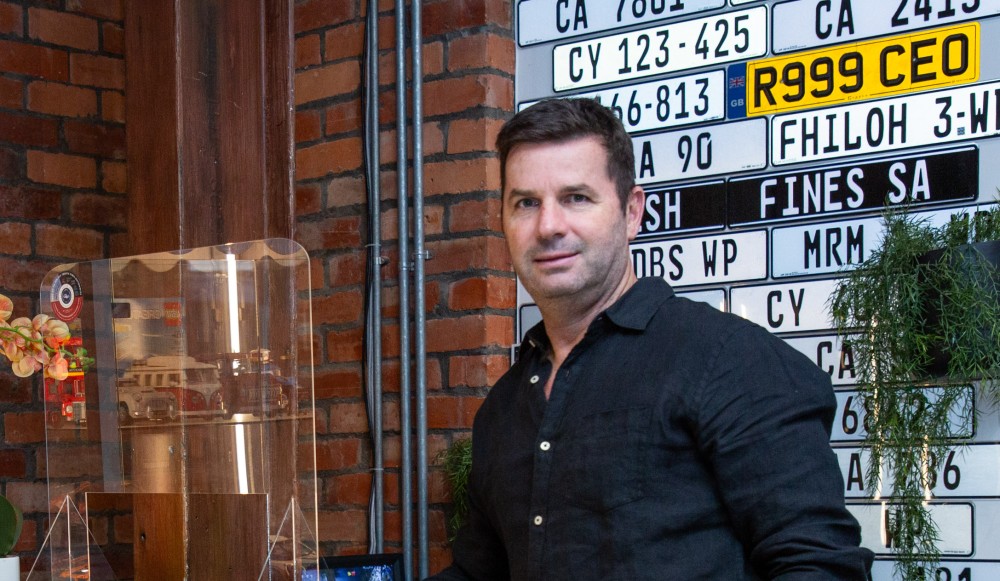South Africa’s automotive sector is grappling with a sustained rise in the average age of vehicles on its roads, driven by economic challenges and shifting consumer behaviour. Data from the National Association of Automobile Manufacturers of South Africa (NAAMSA) reveals used car sales accounted for 65% of total vehicle transactions in 2023, as rising new vehicle prices, high interest rates and inflationary pressures deter buyers.
With benchmark interest rates peaking at 8.25% in 2023, affordability concerns have pushed the average age of South Africa’s passenger vehicles to approximately 10 years, a figure expected to climb as economic uncertainty persists.

Check out our extensive selection of Classic Cars – click here
The trend mirrors global patterns but is amplified by local conditions. New vehicle prices surged by 6,3% year-on-year in 2023, according to TransUnion, while stricter lending criteria and elevated fuel costs further strain household budgets. This has bolstered demand for reliable used cars, particularly in the R150 000 to R300 000 price bracket.
Experts project South Africa’s used car market to grow at a compound annual rate of 5% through 2028, supported by online sales platforms and certified pre-owned programmes. However, supply constraints loom, with import tariffs on foreign-used vehicles (up to 25%) complicating affordability.
The aging vehicle parc is catalysing growth in South Africa’s automotive aftermarket sector, valued at approximately R90-billion annually. The Retail Motor Industry Organisation (RMI) notes increased demand for replacement parts, servicing and repairs, particularly for vehicles aged 8–12 years.
Luxury brands such as Mercedes-Benz and BMW, which dominate South Africa’s premium segment, contribute significantly due to their extended service intervals and durability. Emerging opportunities in electric vehicle (EV) maintenance are also gaining traction, though EV adoption remains slow, representing under 1% of total sales amid infrastructure gaps and pricing barriers.

If it is something more Exotic you are after – click here
Keeping older vehicles operational offers cost savings and environmental benefits, reducing the carbon footprint linked to manufacturing new cars. However, older models often lack modern emissions controls, raising air quality concerns. Organisations like the Southern African Vehicle Emissions Watch advocate for retrofitting technologies to align older engines with cleaner standards. Meanwhile, the sentimental and cultural value of vintage cars sustains niche markets, particularly in the Western Cape, where classic car restoration workshops thrive.
Maintaining aging vehicles presents hurdles. Limited availability of parts for discontinued models drives up repair costs, while safety gaps between older and newer vehicles remain a concern. NAAMSA highlights 95% of new cars sold in 2023 featured advanced driver-assistance systems (ADAS), a rarity in older models. Insurance premiums reflect this disparity, with older vehicles often incurring higher liability costs. Policymakers face balancing automotive heritage preservation with road safety and emissions targets, particularly as South Africa works toward its 2050 net-zero goals.

For the finest selection of dealer-backed pre-owned recent car models - click here
The automotive aftermarket is poised for expansion, with projections suggesting it could reach R120-billion by 2030. Digital tools, such as AI-driven diagnostics and 3D-printed components, are revolutionising repairs, while workshops increasingly hybridise services to accommodate both combustion and electric drivetrains. As economic pressures endure, the second-hand market’s role in sustaining mobility for middle and low-income households will remain critical, shaping South Africa’s automotive narrative for years to come.
Colin Windell for Colin-on-Cars in association with
proudly ALL THINGS MOTORING








